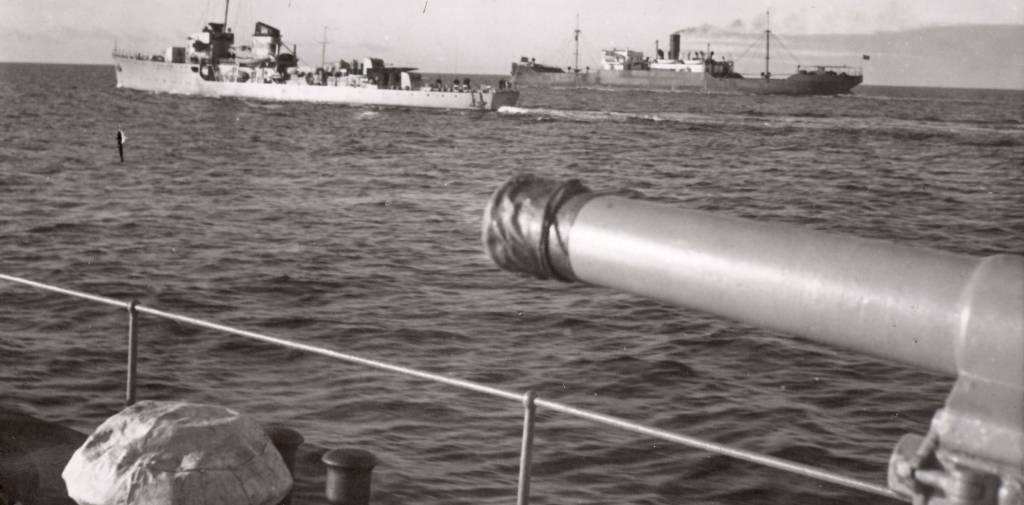About War Sailors' Requiem
Composer Bjørn Morten Christophersen tells about the piece
Royal Norwegian Navy Band has been a significant supporter of the war sailors’ cause for many years. “War Sailor's Requiem” was commissioned for the band's 200th anniversary in 2020. The anniversary coincides with the 75th anniversary of the truce in 1945. The idea for the piece came from Inge Hatlelid Mortensen, who is a horn player in the band. In February 2018, then-chief conductor Bjarte Engeset called me and asked if I was interested in collaborating on such a piece. My immediate thought was “YES!”, and that voice of the war sailors themselves had to be incorporated. Therefore, I did a lot of research looking for suitable texts.
The Libretto is compiled from many different sources. Most of the text is the war sailor’s own words taken from letters, diaries, memoirs, or interviews. Naturally, I have had to shorten and adjust the texts to adapt for song. That means, for example, avoiding technical terms and removing subordinate clauses that take a long time to perform. Instead, I have emphasized key words about the sailors' reactions to their experiences. I have adjusted the punctuation to make sense in this context, and the line breaks are mainly mine to highlight the poetic qualities of the sailors' quotes, though I have kept their spelling as much as possible. The shaping of the Libretto has been a very slow and delicate process, wanting to stay as close to the original as possible throughout the creation of the musical development.
To clarify the authenticity of the texts, I have provided references as footnotes in the Libretto to be published on this website. In cases where the sailors' texts refer to a specific event or a short period of time, I have included the vessel and date. The texts are then taken from letters, diaries, or memoirs written shortly after, or even during, the actual voyage . At the same time, it is worth mentioning that most of those who speak sailed throughout the war and on several ships.
Furthermore, I have used some poems and songs that have been significant in war sailor history. This includes an excerpt from Herman Wildenvey's poem written for the opening of the Memorial Hall in Stavern for the fallen sailors of World War I. Furthermore, I have included the hymn "Who knows how near my end is to me?" recommended for burials at sea by the Altar Book from 1945. Then I have included an adaptation of Nordahl Grieg's poem "It was home we Norwegian sailors were destined to," and finally the shanty "Rolling Home," which has German origins, probably from the 1870s.
Next, I have put it all together in the context of the traditional Catholic requiem. Music history has a rich requiem tradition. During the work, I realized that there is also a significant war requiem tradition that extends far beyond Benjamin Britten's iconic work. Excerpts from the requiem text are sung in both Latin and Norwegian. I hope that this will tie the work closely to the requiem tradition while also highlighting the striking similarities with the sailors' accounts. At times, they almost seamlessly blend into each other.
The development mostly follows that of the requiem, meaning that I let the sailors' stories reflect and actualize the requiem. This is not one continuous story from 1939 onwards, nor is it a single sailor's story.


